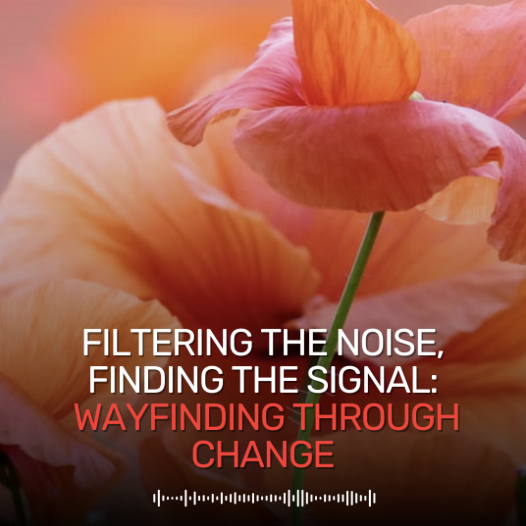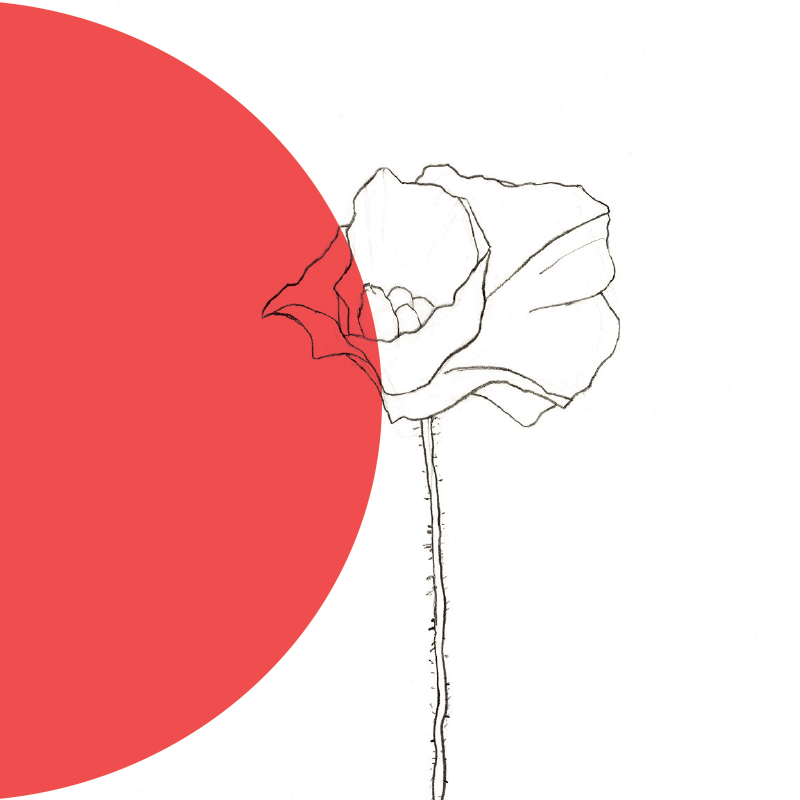
Honoring our ancestors and tapping into resonance
I drew this flower on Memorial Day as a tribute to those who lost their lives in service to our country. I had remembered hearing about an art installation that commemorated Britain’s fallen soldiers from WWI where 888,246 ceramic red poppies (one for each British soldier that died in the war) was set up around the Tower of London. It created a sea of red around the outer walls of the castle.
I find it powerful that a flower can hold so much symbolism for the beauty, fragility and interconnectedness of human life. The poppy is beautiful and strong and everlasting in its ability to make us remember and relate to our own humanity, the fleeting nature of our own lives and the connection we inevitably have with others through distance and time.
When I looked up why they used poppies to commemorate a fallen life, I discovered the symbolism of the poppy for this exhibit came from a poem called - In Flanders Fields - written by a Canadian World War I brigade surgeon (and poet), Lieutenant Colonel John McCrae, who noticed red poppies growing across a battlefield that had claimed the lives of so many soldiers in World War I. He wrote the poem in the voice of the fallen soldiers from the field where the poppies grew.
In Flanders fields the poppies blow
Between the crosses, row on row,
That mark our place; and in the sky
The larks, still bravely singing, fly
Scarce heard amid the guns below.
We are the Dead. Short days ago
We lived, felt dawn, saw sunset glow,
Loved and were loved, and now we lie,
In Flanders fields.
Take up our quarrel with the foe:
To you from failing hands we throw
The torch; be yours to hold it high.
If ye break faith with us who die
We shall not sleep, though poppies grow
In Flanders fields.
In Flanders Fields
by JOHN MCCRAE
TAKE A DEEP DIVE INTO THE THEME
EPISODE 16 - SEASON 1
Remembrance is represented by the poppy, Card #26. It’s the state flower of California and grows wild. Showing up each year, it helps us to remember each season the changes in life. It stirred memories of our grandparents. Who do you want to honor?
EPISODE 21 - SEASON 2
Teacher and thought partner Norma Wong (Norma Ryuko Kawelokū Wong Roshi) joins us to reflect on everything from ancestry to neuroscience to her own childhood influences. Abbot of Anko-in, an independent branch temple of Chozen-ji, Norma articulates the Collective Acceleration of this moment, which also serves as the title and inspiration for the second season of our podcast.
EPISODE 57 - SEASON 3
Welcome to a journey of courageous self-expression, a voyage across the realms of identity, gratitude, and remembrance. How do you find your authentic courage? In today’s conversation, we explore this question, and so much more.
EPISODE 63 - SEASON 3
As we journey through life, we often find ourselves confronting the paradox of ambition and rest. Let's walk together as we share our tales of self-discovery, pondering the effects of modernity, particularly within the fast-paced tech and startup culture.
MASHUP EPISODE - SEASON 3
Embark on a reflective journey with us, as we begin to weave together the wisdom of over 100 episodes, creating a tapestry of insights that transcend time. This special installment brings a spotlight to our collaboration with Zen master Norma Wong, who’s voice guides us through the theme of remembrance, urging us to contemplate living practices that shape our journey and nurture the essence of gratitude blooming within us.
SEASON 4
Explore how Daoist seasonal wisdom can guide us through noisy, volatile times and reflect on the transition into the metal season in Chinese cosmology, represented by autumn — a time of discernment, boundaries, and filtering out noise so we can hear the deeper signal of what truly matters. The Poppy (Remembrance) — invites us to pause, honor what we want to sustain, and release what no longer serves.

Remembrance is one of the 39 Gratitude Blooming themes that we explore to help our community keep gratitude front of mind.
Explore all themes










